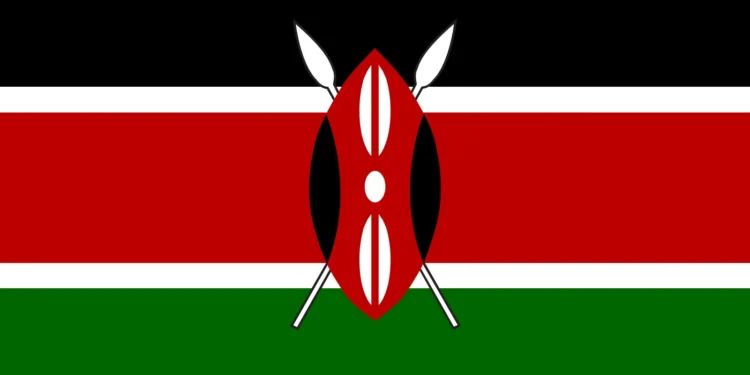On Tuesday, July 2nd, riot police in Nairobi and Mombasa fired tear gas to disperse protesters, calling for President William Ruto’s resignation and an end to police brutality. These demonstrations follow weeks of unrest sparked by a controversial finance bill proposing tax increases, which has since been dropped. Despite this concession, the protests have intensified, with demands for justice for those killed by police and broader calls for government accountability.
Human rights organizations report that 39 people have been killed by security forces since the protests began. The Kenya National Commission on Human Rights (KNCHR) condemned the excessive use of force, documenting 361 injuries, 32 enforced disappearances, and 627 arrests. Amnesty International reported 24 deaths, highlighting the ongoing crisis.
In Nairobi, protesters lit fires and threw stones at police, while businesses remained closed due to fears of looting. Vigilantes have been hired by shop owners to protect their properties. In Mombasa, the situation escalated with burning cars and violent clashes between police and demonstrators.
President Ruto defended the police’s actions, stating they had done their best under challenging circumstances. He acknowledged the need to address any excesses through existing mechanisms but emphasized the financial implications of rejecting the finance bill, which would necessitate a significant borrowing of money to run the government.
Protesters, however, are undeterred. In Nairobi, activists placed empty coffins in front of riot police to symbolize the lives lost to police brutality.
The protests underscore the growing discontent with Ruto’s administration, which came to power two years ago with promises of economic revitalization. Kenyans have faced a cost-of-living crisis, with increased taxes on salaries, fuel, and gross sales exacerbating their struggles.










